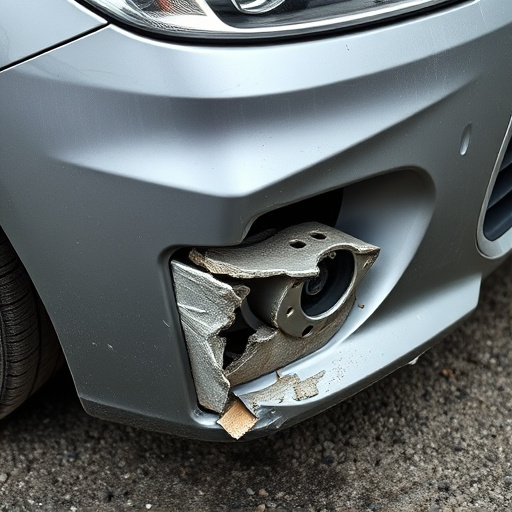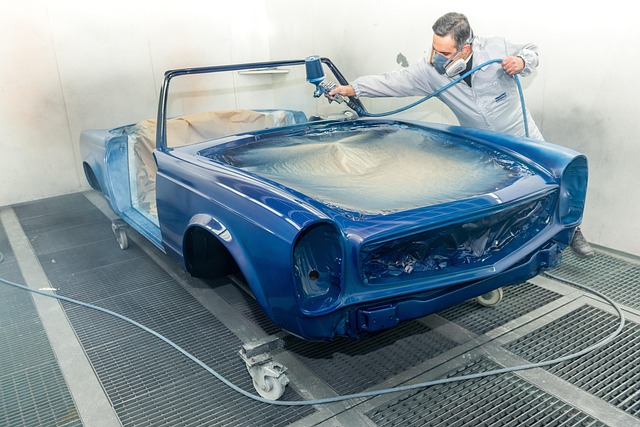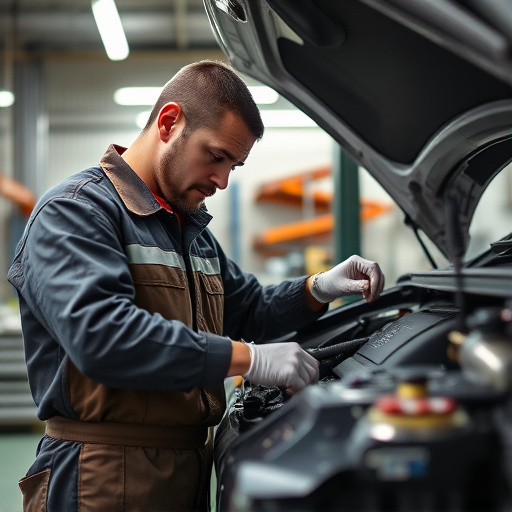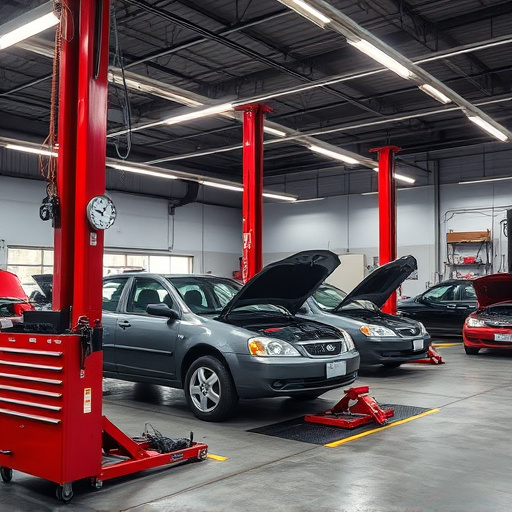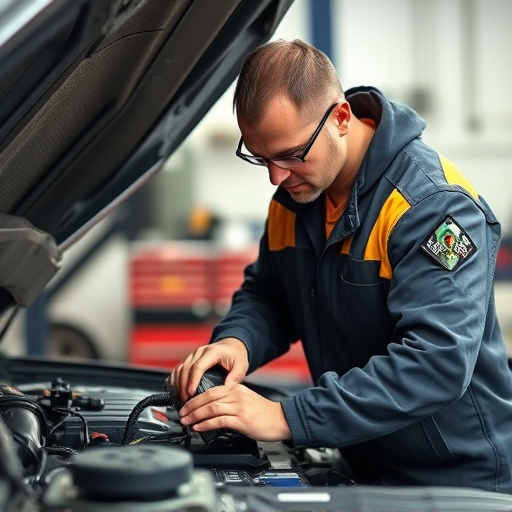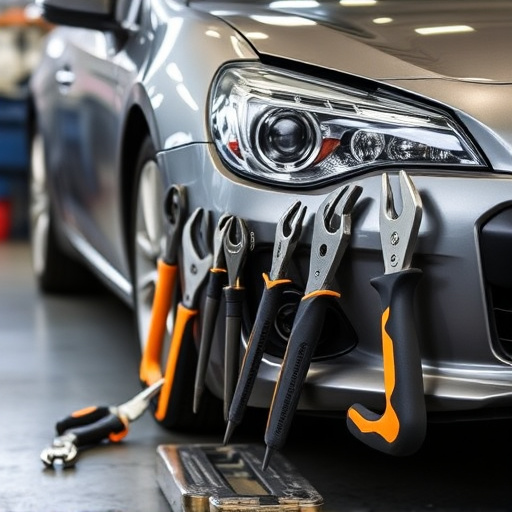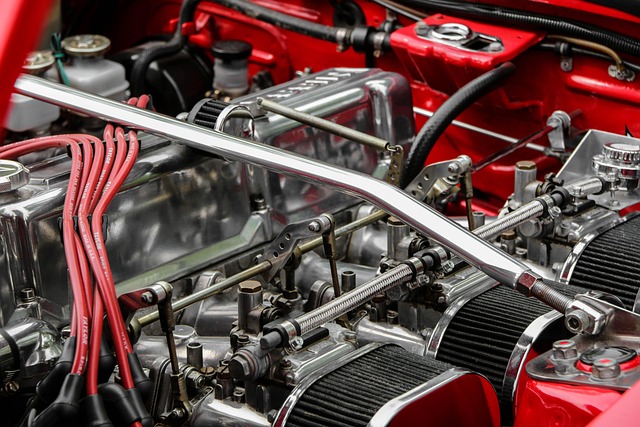Meticulous documentation is crucial for guaranteed collision repair, ensuring transparency, accountability, and trust. Auto repair shops record every step from initial assessments to final outcomes using digital imaging and specialized software, simplifying claims processes, preventing disputes, and enhancing customer satisfaction, especially vital for fleet repair services.
In the realm of automotive repairs, ensuring accurate documentation is key to facilitating smooth and efficient guaranteed collision repair claims. This article delves into the intricacies of documented work for collision repair, exploring how detailed records streamline the claim process. From understanding the significance of comprehensive documentation to ensuring quality and accuracy, we unravel the essential practices that underpin successful guaranteed collision repair services.
- Understanding Documented Work for Collision Repair
- The Role of Detailed Records in Claim Process
- Ensuring Quality and Accuracy in Documentation
Understanding Documented Work for Collision Repair

When it comes to guaranteed collision repair, proper documentation is key. By documenting every aspect of the repair process, shops ensure transparency and accountability for their work. This detailed record-keeping is essential for both the customer and the auto repair near me provider. It allows for clear communication about the extent of damage, the steps taken during repair, and any parts replaced, ensuring no surprises when it comes to financial obligations or the final quality of the car repair services.
Having a well-documented work history not only facilitates smoother claims processes but also acts as a safeguard against potential disputes. Customers can trust that their vehicle is in capable hands, especially with skilled technicians meticulously recording each step of the scratch repair process, ensuring peace of mind throughout the collision repair journey.
The Role of Detailed Records in Claim Process

In the claim process for guaranteed collision repair, detailed records play a pivotal role. Shops that document work meticulously ensure that every step of the car collision repair or dent removal process is accurately tracked and recorded. This includes not only the visual assessments and initial estimates but also the subsequent procedures, materials used, labor costs, and final outcomes. Such comprehensive documentation serves as a robust reference point, facilitating seamless communication with insurance providers and ensuring that clients receive the compensation they are entitled to for car damage repair.
Having detailed records enables shops to demonstrate the authenticity and quality of their work, enhancing transparency throughout the claim process. This is particularly crucial in cases where discrepancies arise between initial appraisals and final repairs, as well-kept logs can provide irrefutable evidence of the extent and complexity of car collision repair executed. This meticulous approach not only safeguards against potential disputes but also reinforces trust between repair shops, insurance companies, and policyholders, ultimately streamlining the guaranteed collision repair experience.
Ensuring Quality and Accuracy in Documentation

In the realm of guaranteed collision repair, accurate documentation is paramount to ensuring quality and customer satisfaction. Shops specializing in this service employ meticulous record-keeping practices to maintain transparency and precision throughout the repair process. Every detail, from initial assessments to final inspections, is meticulously documented, providing a clear trail that verifies the integrity of the work performed. This comprehensive approach not only facilitates smooth claims handling but also serves as a safeguard for both the shop and the client, ensuring that every fix meets the highest standards.
Moreover, leveraging advanced technologies, such as digital imaging and specialized software, allows collision centers to capture and store detailed records of dent repairs, paint jobs, and other cosmetic enhancements. These tools enable efficient tracking and comparison against original specifications, further enhancing accuracy. For fleet repair services, where consistency and timeliness are crucial, maintaining thorough documentation becomes an indispensable practice, ensuring that every vehicle is restored to its pre-collision condition, backed by solid evidence for future reference.
Shops that effectively document work for collision repair claims ensure a smoother, more accurate process. Detailed records play a vital role in navigating complex claim scenarios, facilitating efficient communication with insurance providers, and ultimately achieving a guaranteed collision repair outcome. By adhering to best practices for quality and accuracy in documentation, shops can enhance customer satisfaction and maintain their reputation as reliable service providers in the automotive industry.

